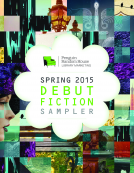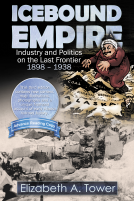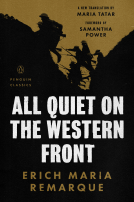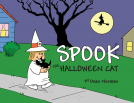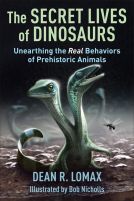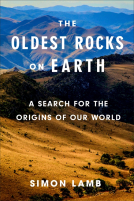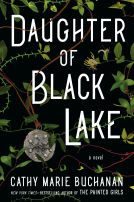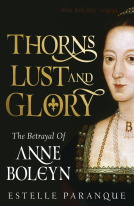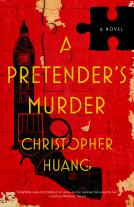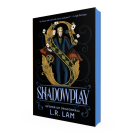
What Galileo Saw
Imagining the Scientific Revolution
by Lawrence Lipking
This title was previously available on NetGalley and is now archived.
Send NetGalley books directly to your Kindle or Kindle app
1
To read on a Kindle or Kindle app, please add kindle@netgalley.com as an approved email address to receive files in your Amazon account. Click here for step-by-step instructions.
2
Also find your Kindle email address within your Amazon account, and enter it here.
Pub Date Dec 18 2014 | Archive Date Nov 11 2014
Description
The Scientific Revolution of the seventeenth century has often been called a decisive turning point in human history. It represents, for good or ill, the birth of modern science and modern ways of viewing the world. In What Galileo Saw, Lawrence Lipking offers a new perspective on how to understand what happened then, arguing that artistic imagination and creativity as much as rational thought played a critical role in creating new visions of science and in shaping stories about eye-opening discoveries in cosmology, natural history, engineering, and the life sciences.When Galileo saw the face of the Moon and the moons of Jupiter, Lipking writes, he had to picture a cosmos that could account for them. Kepler thought his geometry could open a window into the mind of God. Francis Bacon's natural history envisioned an order of things that would replace the illusions of language with solid evidence and transform notions of life and death. Descartes designed a hypothetical "Book of Nature" to explain how everything in the universe was constructed. Thomas Browne reconceived the boundaries of truth and error. Robert Hooke, like Leonardo, was both researcher and artist; his schemes illuminate the microscopic and the macrocosmic. And when Isaac Newton imagined nature as a coherent and comprehensive mathematical system, he redefined the goals of science and the meaning of genius.What Galileo Saw bridges the divide between science and art; it brings together Galileo and Milton, Bacon and Shakespeare. Lipking enters the minds and the workshops where the Scientific Revolution was fashioned, drawing on art, literature, and the history of science to reimagine how perceptions about the world and human life could change so drastically, and change forever.
Advance Praise
“What Galileo Saw is an exceptionally serious and intelligent discussion of issues that tend to transcend the disciplinary boundaries of the history of science. At the same time, Lawrence Lipking displays state-of-the-art command of the historical scholarship, especially striking in the cases of Galileo, Hooke, and Newton.”—Peter Dear, Cornell University, author of Revolutionizing the Sciences: European Knowledge and Its Ambitions, 1500–1700
“What Galileo Saw is an astounding work, both brilliantly written and remarkably easy to read. What truly distinguishes Lipking’s utterly fascinating book is the way he reveals how the so-called seventeenth-century Scientific Revolution actually occurred in a society that still believed in witchcraft and the presence of the devil. Each of Lipking’s scientific geniuses—Galileo, Kepler, Descartes, Hooke, and all the others—were subject to these still medieval superstitions, which constantly deflected their thinking even as the results of their discoveries inadvertently proved the former wrong.”—Samuel Y. Edgerton, Amos Lawrence Professor of Art History Emeritus, Williams College, author of The Mirror, the Window, and the Telescope
Available Editions
| EDITION | Other Format |
| ISBN | 9780801452970 |
| PRICE | $35.00 (USD) |
Links
Average rating from 15 members
Readers who liked this book also liked:
Noam Chomsky; José Mujica; Saúl Alvídrez
Essays & Collections, Multicultural Interest, Politics & Current Affairs
Dean R. Lomax; Robert Nicholls
Nonfiction (Adult), Outdoors & Nature, Science
